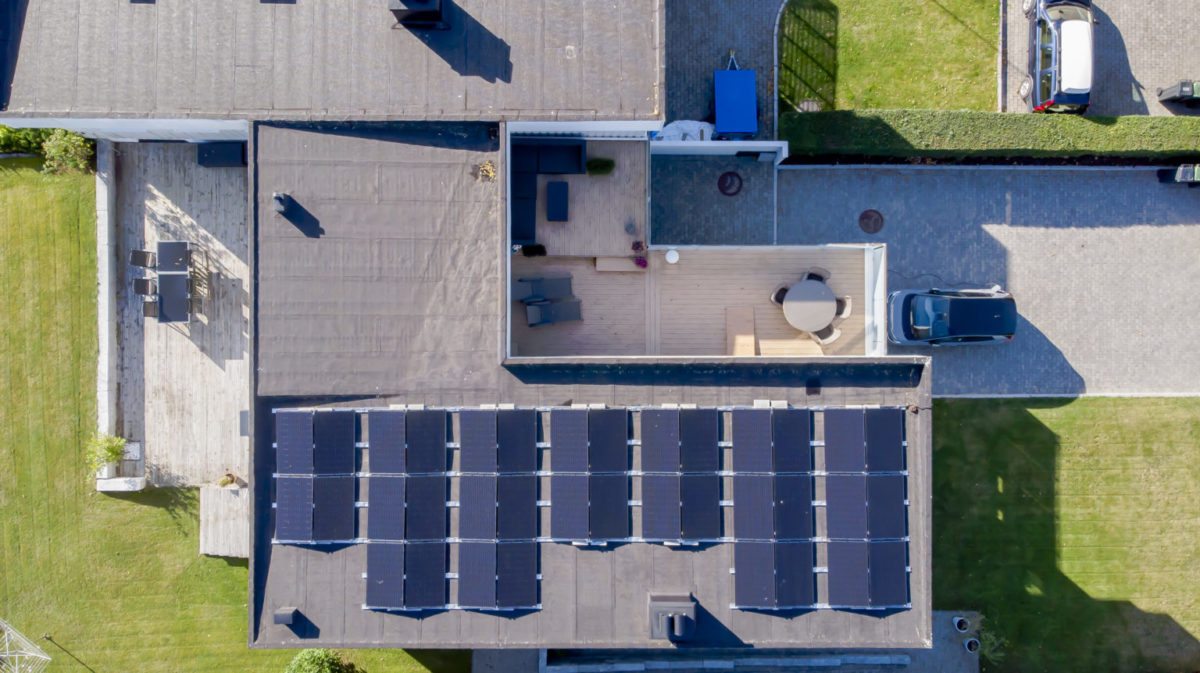Introduction: In recent years, the concept of urban microgrids has gained momentum as a viable solution for enhancing energy resilience and sustainability in cities. Simultaneously, solar photovoltaic (PV) power generation has emerged as a prominent renewable energy source. The integration of solar PV with urban microgrids presents a compelling synergy that holds great promise for transforming the way cities generate and distribute electricity. This blog post explores the benefits and challenges of combining solar PV with urban microgrids, highlighting the potential to create more resilient, efficient, and sustainable urban energy systems.
-
Enhancing Energy Resilience: Urban microgrids are localized energy systems that can operate independently or in conjunction with the main power grid. By integrating solar PV into microgrids, cities can enhance their energy resilience. Solar PV's ability to generate electricity on-site, even during grid outages, ensures a reliable power supply to critical infrastructure, such as hospitals, emergency centers, and communication networks. During natural disasters or grid failures, solar-powered microgrids can function as isolated energy islands, providing essential services and supporting disaster response efforts. The combination of solar PV and microgrids improves cities' ability to withstand and recover from energy disruptions, increasing overall energy resilience.
-
Decentralized Energy Generation: Solar PV power generation is inherently decentralized, as individual panels can be installed on rooftops, facades, or open spaces throughout the city. By integrating solar PV with urban microgrids, cities can create a distributed energy generation model, reducing the need for long-distance electricity transmission. Decentralized energy generation minimizes transmission losses, improves grid efficiency, and decreases the risk of cascading failures. Moreover, by encouraging distributed solar PV installations, cities can engage communities in the transition to renewable energy, promoting energy self-sufficiency and local economic development.
-
Reducing Carbon Emissions: The combination of solar PV with urban microgrids offers substantial environmental benefits, primarily in terms of reducing carbon emissions. Solar PV is a clean and renewable energy source, producing electricity without emitting greenhouse gases or harmful pollutants. By utilizing solar energy within microgrids, cities can displace fossil fuel-based electricity generation, leading to a significant reduction in carbon emissions. This proactive approach aligns with global climate goals and helps cities contribute to the fight against climate change.
-
Supporting Energy Efficiency: The integration of solar PV with urban microgrids can support energy efficiency initiatives. Solar PV systems often generate surplus electricity during peak daylight hours. By coupling solar PV with advanced energy storage technologies, such as batteries, excess energy can be stored for later use. This energy arbitrage enables cities to optimize electricity consumption patterns, using stored solar energy during periods of high demand or when solar generation is limited. Additionally, solar-powered microgrids can implement demand response programs, encouraging energy consumption during periods of abundant solar energy supply. These measures collectively improve energy efficiency and grid stability.
-
Addressing Grid Congestion: In many urban areas, the power grid faces challenges related to congestion and overloading, especially during peak demand periods. By integrating solar PV with microgrids, cities can alleviate stress on the main grid. Distributed solar PV installations within microgrids help balance electricity supply and demand locally, reducing strain on transmission and distribution infrastructure. Furthermore, the combination of solar PV with energy storage systems enables load shifting, helping cities manage peak electricity demand more effectively and reducing the need for costly grid upgrades.
Conclusion: The combination of solar photovoltaic power generation with urban microgrids presents a transformative approach to urban energy systems. By enhancing energy resilience, promoting decentralized energy generation, reducing carbon emissions, supporting energy efficiency, and addressing grid congestion, this integration offers numerous advantages for cities striving to become more sustainable and resilient. As cities around the world continue to face energy challenges and the imperative to combat climate change, the marriage of solar PV with urban microgrids offers a path toward a greener, cleaner, and more efficient energy future.

